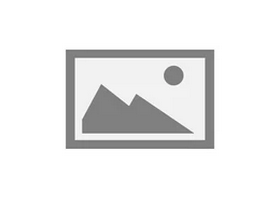How Does a Website Work?
No matter your personal or professional background, a website is a valuable tool that can help you nurture and expand your online presence. To fully understand how it works, you need to know its fundamental elements and essential characteristics.
Think of the internet as a bustling marketplace, with each website serving up unique stalls or shops with their own offerings and products. You can buy merchandise through ecommerce sites, learn about new trends and techniques through blogs, and connect with friends and strangers on social media. Each website offers a different experience, but there are essential components that bind them all together.
To access a website, users must have devices equipped with web browsers — laptops, tablets or smartphones — and an Internet connection. Once a user enters a site’s address in the browser’s address bar, their device sends a request to the web server that hosts the website’s files. This server then formats and transmits the requested information to the browser, which then displays it on a user’s screen.
Websites can be categorized into multiple types based on their purpose or goals. For example, government and business websites provide visitors with important information about their respective organizations or industries, while news websites offer updates on current events around the world. Entertaining websites such as YouTube and Netflix allow users to watch movies or TV shows, listen to music or play games. E-commerce websites enable users to shop for products and services, while business sites let entrepreneurs showcase their portfolios and connect with potential clients and employees.
When it comes to a website’s content, the key is to hook readers from the very beginning and keep them engaged throughout the article. To do this, use a compelling headline, a captivating opening paragraph and eye-catching visuals that align with your article’s theme or topic.
After hooking readers, you need to give them a clear understanding of what your article is about. Use an outline to help you organize your ideas and create a structure for your article. There are many free tools that can help you create an outline, including Google Docs and Workflowy.
Once you have a solid structure, you can start writing your article. Depending on your angle or research, you may want to include an introduction, body and conclusion. The main body of your article should be focused on the key points or topics you are trying to convey, and if necessary, break them down into sub-points or supporting details.
Be sure to link to relevant pages on your website whenever possible, and remove outdated information. Outdated content confuses users and degrades their trust in your information. For this reason, it is crucial to check your website for outdated text and images regularly. You should also use bold font to highlight keywords or important learnings, and consider using infographics as an alternative to text.
